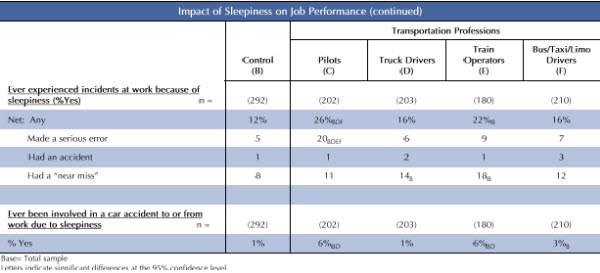No super profits in this economy. You could hardly say that the Australian economy is bounding along with Australian Bureau of Statistics figures showing this morning that in current prices, the trend estimate for company gross operating profits fell 0.1% in the December quarter. The seasonally adjusted estimate fell 6.5%.

The problems the manufacturing industry is having with the current value of the Australian dollar show up clearly in the December figures with profits the trend estimate for company gross operating profits falling 4.7% in the quarter.
But no change predicted. Despite these disappointing profit figures the consensus view is that the Reserve Bank will not be in stimulus mode when it meets tomorrow. The only hopeful sign I can see is that the Crikey Election Rate Indicator for what the Bank Board will decide on official interest rates is that it is in almost complete agreement with the business economists.
All 13 economists surveyed by AAP believe the cash rate will remain steady and the Indicator puts that probability at 86% with only a 13% chance given to a quarter of a percentage point reduction.
A wake up call for frequent flyers. Just a little note for all you regular travelers: the National Sleep Foundation’s (NSF) 2012 Sleep in America® poll has found that a significant number of those who take you from place to place struggle with sleep and say that sleepiness has caused safety problems on the job. About one-fourth of train operators (26%) and pilots (23%) admit that sleepiness has affected their job performance at least once a week, compared to about one in six non-transportation workers (17%).
Perhaps more disturbingly, a significant number say that sleepiness has caused safety problems on the job. One in five pilots (20%) admit that they have made a serious error and one in six train operators (18%) and truck drivers (14%) say that they have had a “near miss” due to sleepiness.

And if you think you are safe because you transport yourself in your own car you’d better hope that you avoid a pilots and train drivers on their way driving home. Pilots and train operators are significantly more likely than non-transportation workers (6% each, compared to 1%), to say that they have been involved in a car accident due to sleepiness while commuting.
“Driving home from work after a long shift is associated with crashes due to sleepiness,” says Dr. Sanjay Patel, a sleep researcher at Brigham and Women’s Hospital and Harvard Medical School.
“We should all be concerned that pilots and train operators report car crashes due to sleepiness at a rate that is six times greater than that of other workers.”
When new does not necessarily mean better. The custodians of Australia’s Pharmaceutical Benefits Scheme regularly come in for criticism for not putting new drugs quickly onto the list of products subject to subsidy by the tax payer. And a study by German academics in the current issue of Deutsches Ärzteblatt International suggests that cautious approach is well justified.
The study finds that cases in which a newly approved drug is more effective than the cheaper alternatives already available are the exceptions rather than the rule.
Research into 39 proprietary medicinal products (PMPs) launched on the German market in 2009 and 2010 shows that there were frequently insufficient data available on efficacy when approval was granted. The legal requirements of the licensing procedure have never yet required direct data comparing a new drug to a commercially available drug.
The researchers’ evaluations also show that for around half of approvals the only trials presented compared the new drug with a placebo, not an effective comparator drug. This can give rise to room for interpretation regarding pricing when new drugs are marketed.
The authors do not even rule out the possibility that these more expensive PMPs may actually be inferior to the alternatives already on the market:
“The use of new drugs shortly after approval is usually based on information compiled and communicated to physicians by manufacturers, for example via satellite symposia, medical sales representatives, patient brochures, and publications involving opinion leaders. High prices are a particular incentive to promote new drugs intensively; the limited availability of data when a drug is launched on the market provides room for interpretation of its benefits. Timely, unbiased information is therefore important.”







With regard to fatigue. This is exacerbated by the long hours people are now expected to work and the regular change in sleep patterns. For example Queensland paramedics do 2 x 12 hour dayshifts, followed by 2 x 12 hour nightshifts. They change sleep patterns four times every eight days, there is reason why the ILO have banned these sorts of work practices, but they are ok according to the Queensland “Labor!!” government.